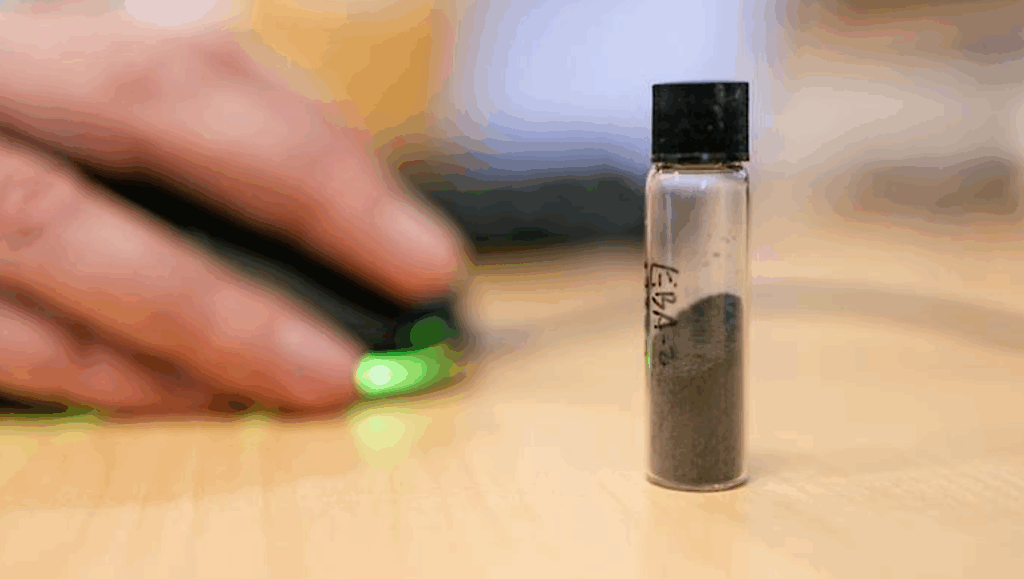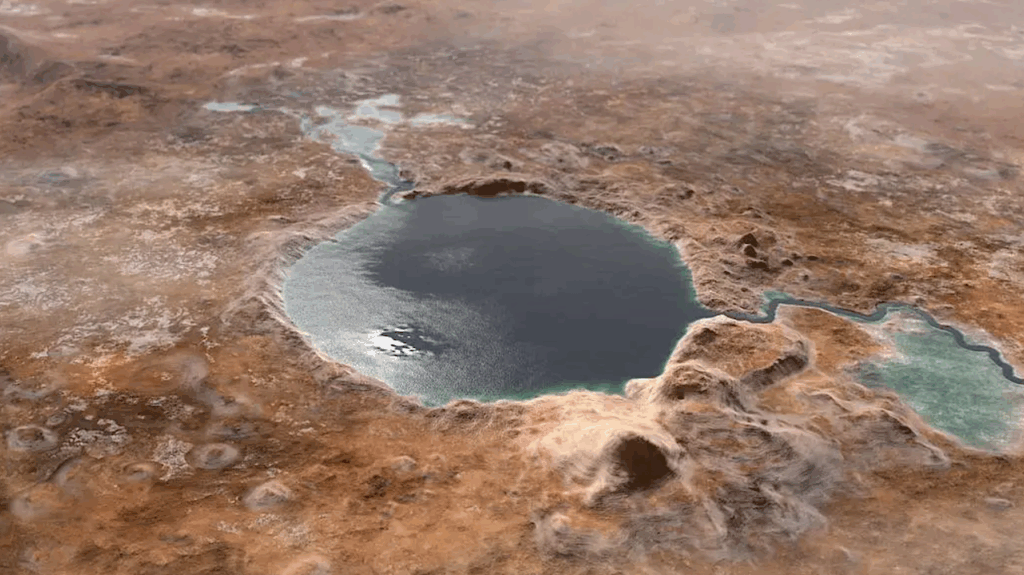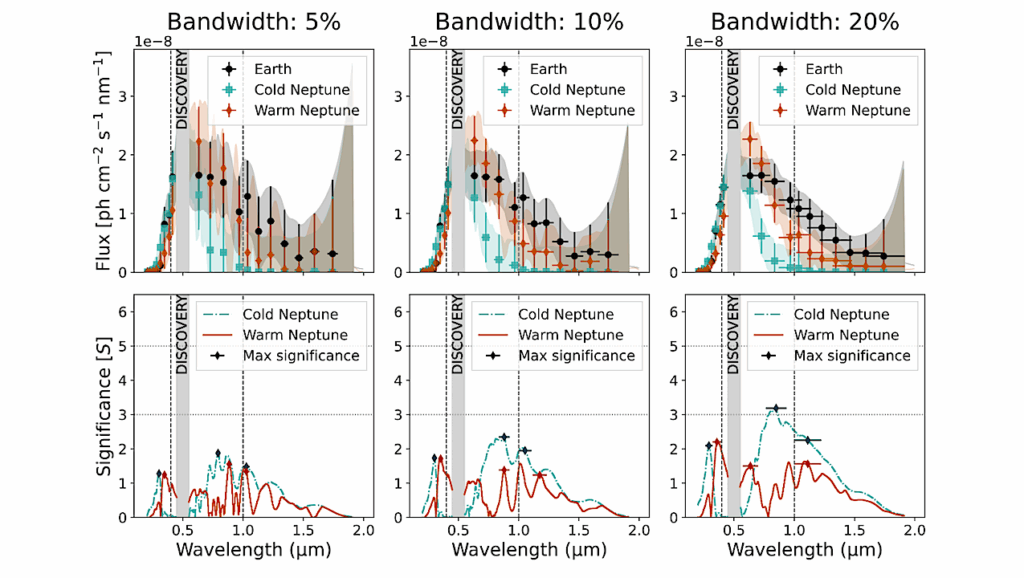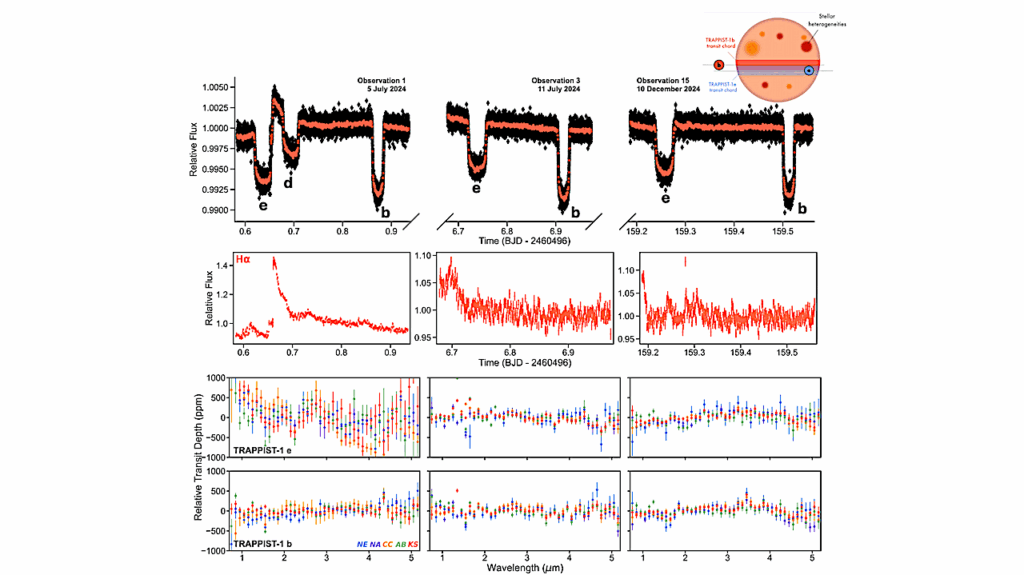The Habitability of GJ 357 d: Possible Climates and Observability

The GJ 357 system harbors 3 planets orbiting a bright, nearby M2.5V star at 9.44pc. The innermost planet GJ 357 b (TOI-562.01) is a hot transiting Earth-size planet with Earth-like density, which receives about 12 times the irradiation Earth receives from the Sun, and was detected using data from TESS.
Radial velocities discovered two more planets in the system at 9.12 (GJ 357 c) and 55.6 days (GJ 357 d), with minimum masses of 3.59+/-0.50 and 6.1+/-1 Earth masses, and an irradiation of 4.4 and 0.38 Earths irradiation, respectively. GJ 357 d receives slightly less stellar irradiation than Mars does in our own Solar System, which puts it in the Habitable Zone for its host star. GJ 357 d could not have been detected with TESS and whether it transits remains an open question.
Here we model under what conditions GJ 357 d could sustain surface habitability and present planetary models as well as synthetic transmission, reflection and emission spectra for a range of models for GJ 357 d from water worlds to Earth-like models. With Earth-analog outgassing rates, GJ 357 d would be a frozen rocky world, however with an increased CO2 level, as would be expected if a geological cycle regulates carbon dioxide concentration like on Earth, the planet models show temperate surface conditions.
If we can detect a transit of GJ 357 d, it would become the closest transiting, potentially habitable planet in the solar neighborhood. Even if GJ 357 d does not transit, the brightness of its star makes this planet in the Habitable Zone of a close-by M star a prime target for observations with Extremely Large telescopes as well as future space missions.
L. Kaltenegger, J. Madden, Z. Lin, S. Rugheimer, A. Segura, R. Luque, E. Palle, N. Espinoza
(Submitted on 30 Jul 2019)
Comments: accepted ApJL (TBP)
Subjects: Earth and Planetary Astrophysics (astro-ph.EP); Solar and Stellar Astrophysics (astro-ph.SR)
Cite as: arXiv:1907.13215 [astro-ph.EP] (or arXiv:1907.13215v1 [astro-ph.EP] for this version)
Submission history
From: Lisa Kaltenegger
[v1] Tue, 30 Jul 2019 20:45:03 UTC (1,570 KB)
https://arxiv.org/abs/1907.13215
Astrobiology








